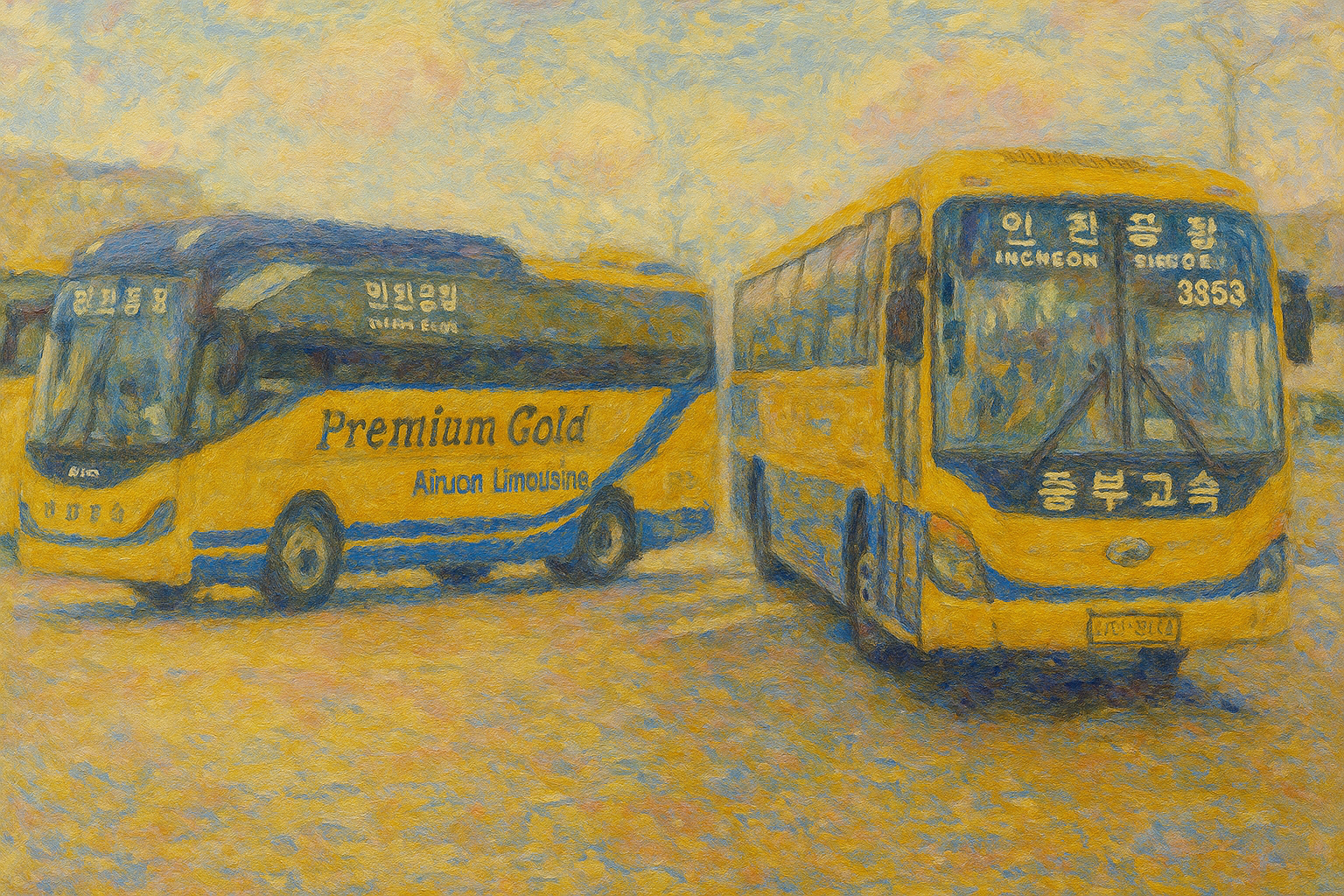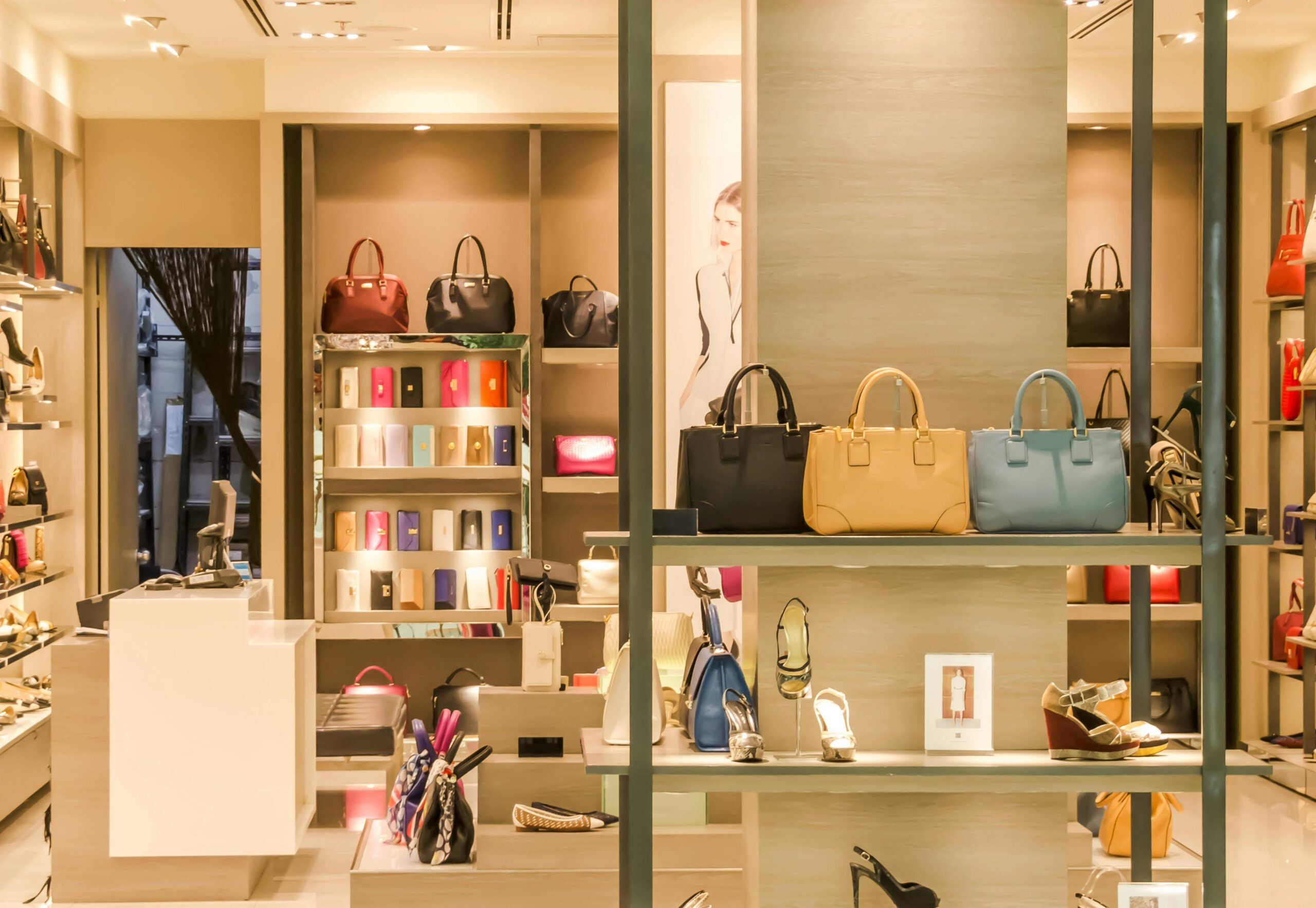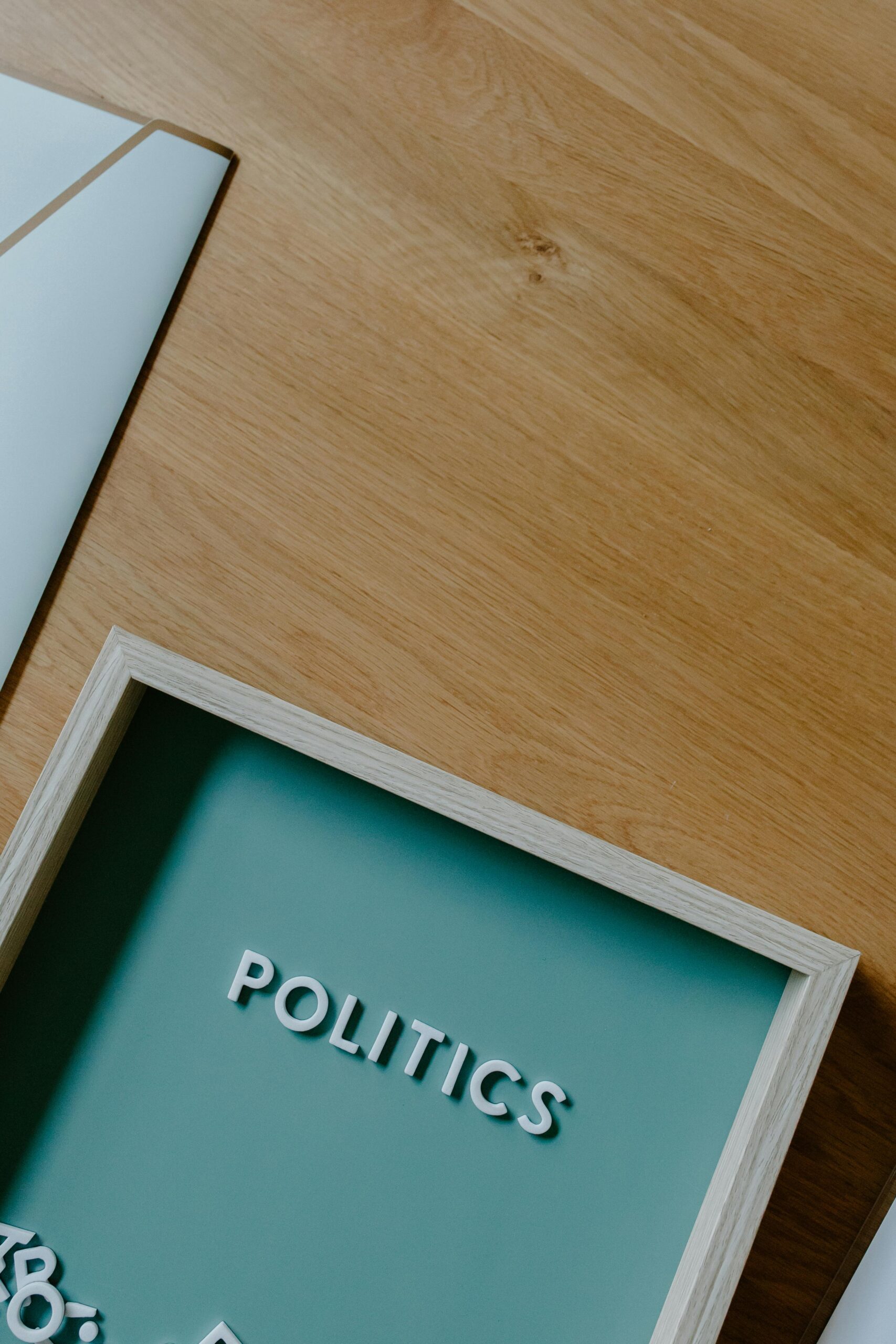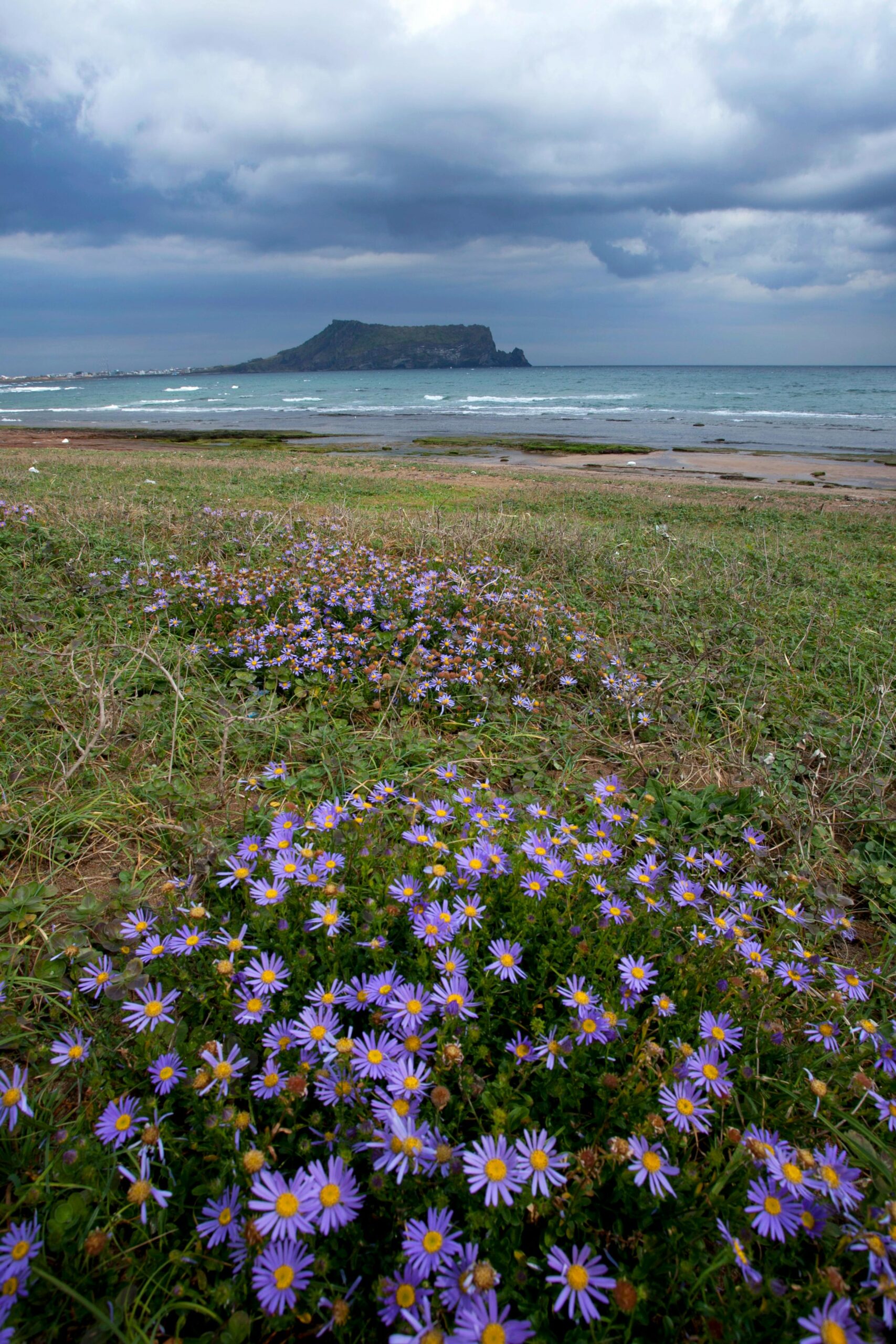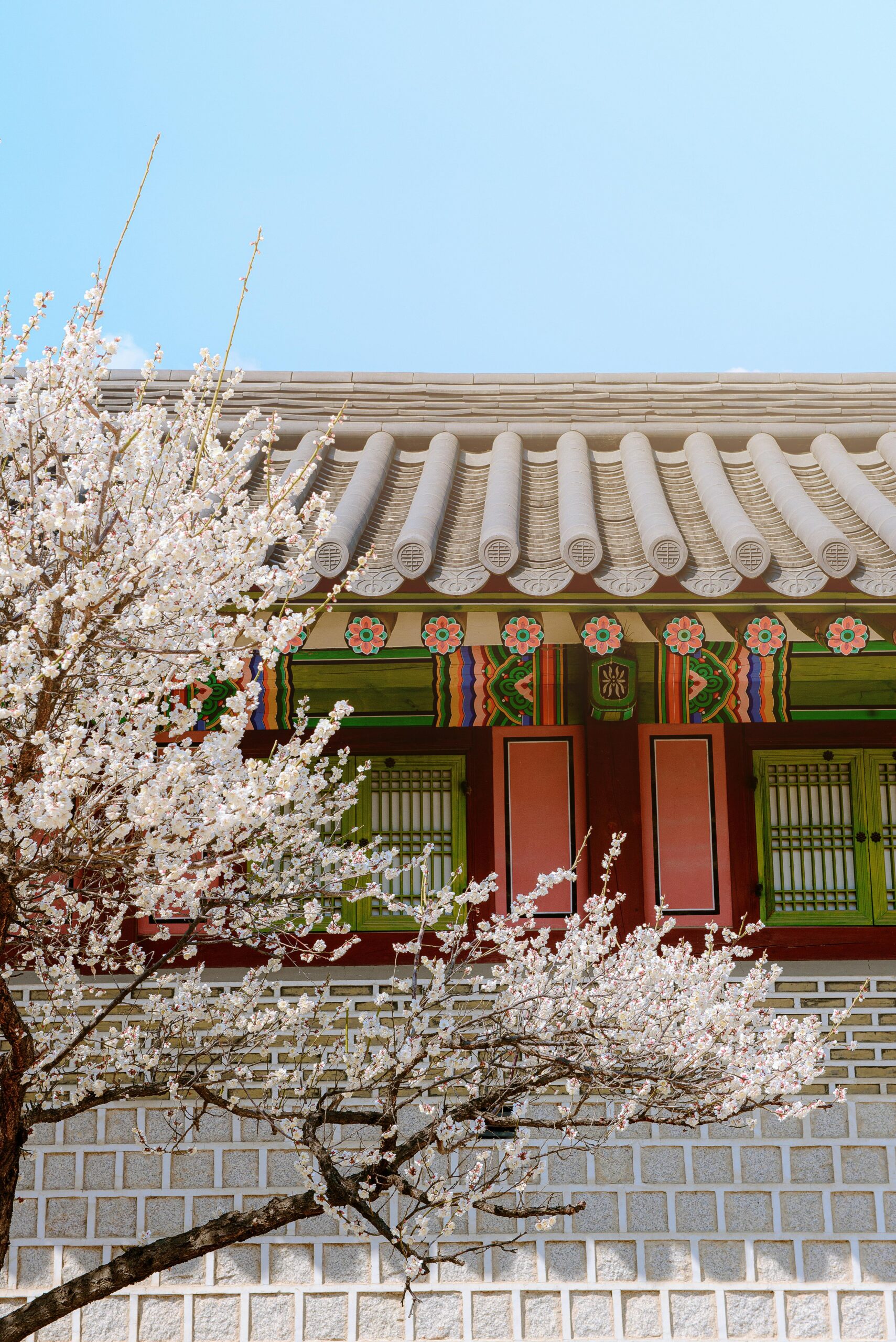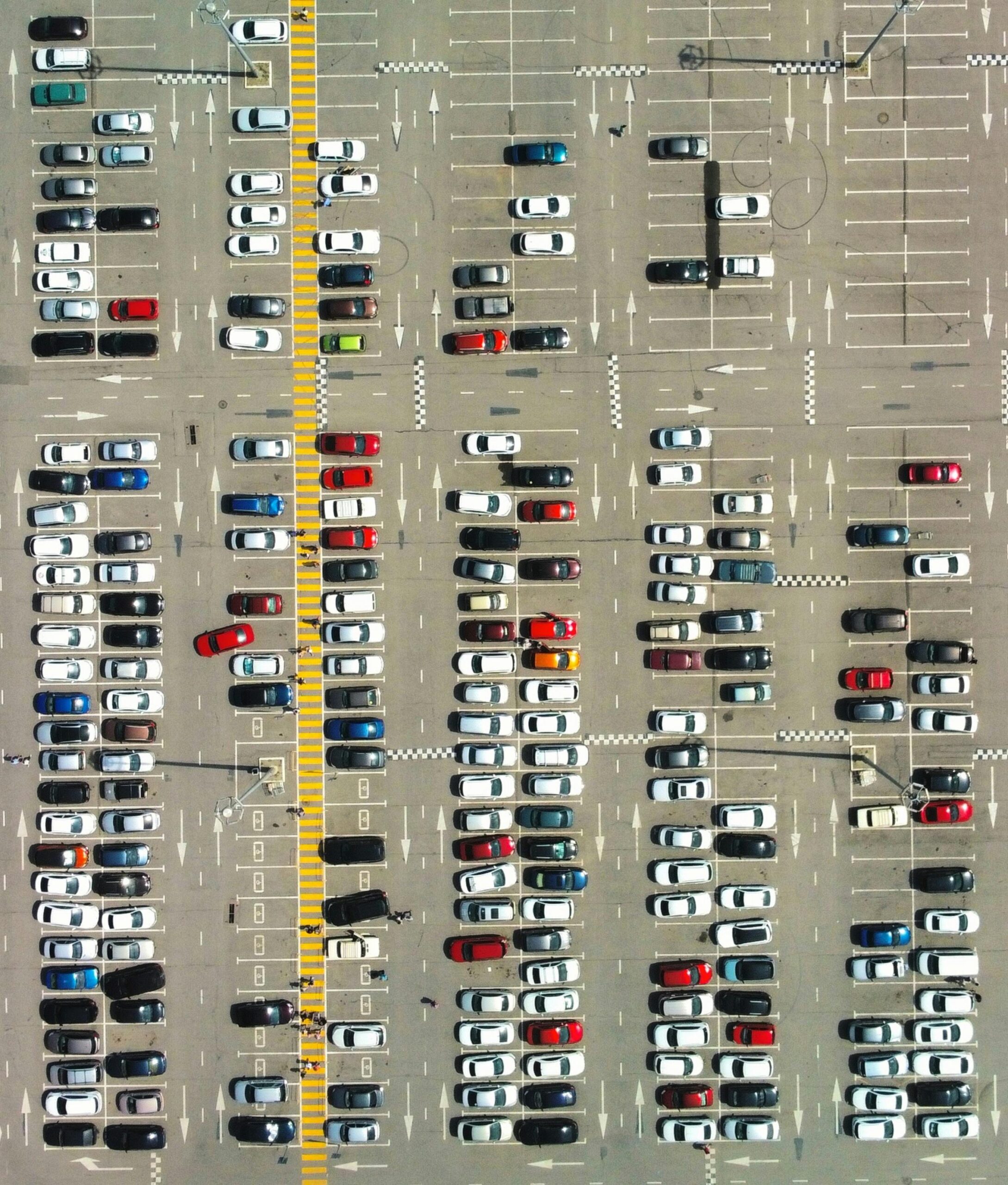A Guide for International Visitors If you’re arriving at Incheon International Airport and heading to cities like Busan, Daegu, Gwangju, or Daejeon instead of Seoul, here are the […]
How to Get a Tax Refund in Korea: A Complete Guide for Travelers
Don’t miss out on VAT refunds before leaving Korea Korea is a popular destination for shopping — from cosmetics and fashion to electronics and souvenirs. The good news? […]
South Korea Elects New President: What Travelers Need to Know
Lee Jae-myung’s Victory and Its Impact on Your Travel Plans On June 3, 2025, South Korea held a snap presidential election following the impeachment of former President Yoon […]
Top 7 Questions About Korea’s Alien Registration Card (ARC)
Whether you’re an expat, student, or long-term visitor in Korea, getting your Alien Registration Card (ARC) is a key part of settling in. But the process can be […]
Top 5 Must-Buy Items from Jeju Island
Souvenirs You Won’t Regret Bringing Home Jeju Island isn’t just about stunning landscapes and Hallasan hikes — it’s also full of local treasures you can take back home. […]
Top 5 Must-Buy Items When Visiting Korea
hings I Actually Bought (and Loved) Traveling to Korea is exciting — the food, the culture, the energy of the cities. But once you land, a question hits […]
Can Foreigners Buy Lottery Tickets in Korea? Here’s What You Should Know
While exploring Korea, some visitors are surprised to learn that they can legally participate in the national lottery. Whether you’re just visiting or staying longer, buying a lottery […]
Parking Enforcement in Korea: What to Know as a Foreigner
While many aspects of Korean life—like public transport, internet, and convenience stores—are impressively fast and efficient, parking enforcement is no exception.In fact, many foreigners are surprised by how […]
Top 10 Korean Universities Popular Among International Students
Not just in Seoul — a look at Korea’s most welcoming campuses for global students When choosing a university in Korea, many international students look beyond rankings. They […]
Hospitals in Daejeon with English-Friendly Services: A Guide for Foreign Residents
iving in Daejeon as a foreigner is comfortable in many ways — but when it comes to visiting a hospital, language can still be a concern.Thankfully, several hospitals […]
